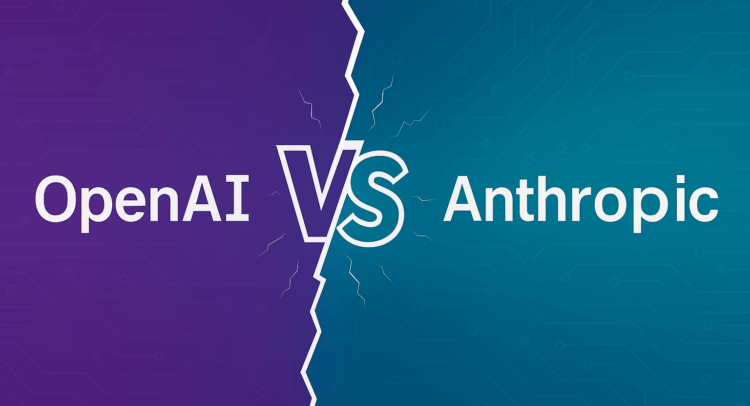OpenAI pursues rapid product rollouts, consumer subscriptions and broad partnerships while Anthropic focuses on safety first enterprise licensing and controlled deployments. Buyers must weigh speed and ecosystem reach against governance, compliance and vendor risk when selecting LLM vendors.

Two of the most visible AI vendors in generative AI are taking different routes to revenue. OpenAI favors rapid product rollouts, broad consumer appeal and multiple monetization channels. Anthropic favors a safety first enterprise licensing approach and staged deployments. For procurement teams and technology leaders this LLM comparison is not only about raw capability. It is about governance, vendor evaluation and the total cost of ownership for enterprise AI.
Large language models or LLMs power chatbots and many automation workflows. These models can boost productivity, automate customer support and enable new products but they introduce risks like hallucinations biased outputs and data handling concerns. Enterprise AI procurement must weigh performance against control. Asking how to evaluate AI vendors in 2025 is now a common procurement question.
Regulated industries like finance healthcare and public sector are likely to prefer Anthropic like offers that reduce compliance risk. Consumer facing products startups and platform builders may prefer OpenAI style rapid innovation and wide ecosystem support. To adopt LLM driven automation safely teams should use pilot programs map vendor risk profiles and require clear SLAs data handling terms and monitoring commitments.
Use an enterprise AI procurement guide and an LLM vendor comparison for regulated industries when evaluating suppliers. Key criteria include model performance governance and auditability data retention terms patching and update policies and support for secure AI implementation in corporate workflows. Long tail queries such as best AI vendors for enterprise solutions and how to choose an AI platform for compliance reflect the real question buyers ask.
OpenAI and Anthropic show two coherent commercially viable strategies in the LLM market. Whether your priority is rapid innovation and ecosystem reach or conservative safety and contractual control the right vendor choice depends on your use case risk tolerance and regulatory environment. Expect more hybrid offerings and third party safety standards as organizations demand both performance and governance from leading LLM vendors.



